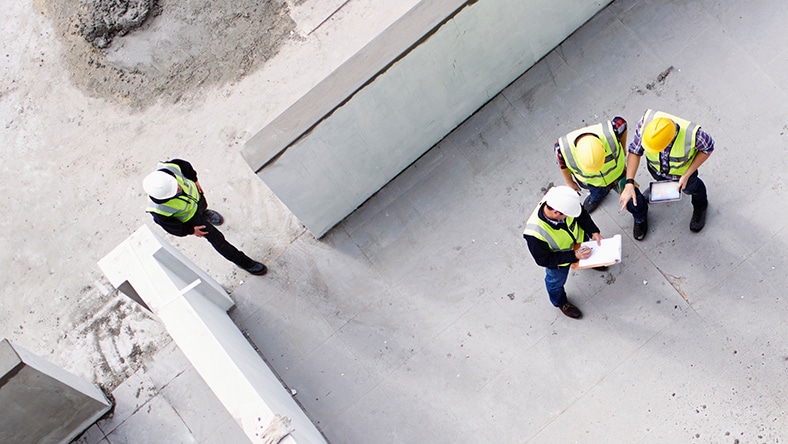Reinforced concrete design is a specialised discipline within concrete engineering that involves enhancing the strength and durability of concrete elements by strategically incorporating reinforcement materials like steel bars or mesh. Engineers analyse structural requirements, choose suitable concrete mixes and reinforcement materials, adhere to building codes and meticulously plan reinforcement elements to create robust structures capable of withstanding various loads and environmental factors. This approach is widely employed in construction projects, offering strength, versatility and longevity; it has become a fundamental practice for designing safe and enduring buildings, bridges (US Site) and infrastructure.
Concrete stands out as a commonly used construction material due to its exceptional strength, durability, versatility and cost-effectiveness. It is renowned for its ability to withstand heavy loads, weather conditions and time while offering fire resistance and adaptability for innovative design solutions. Concrete’s sustainability, thermal mass, sound insulation and resistance to moisture contribute to its appeal. Concrete boasts utilitarian performance features, as well as cost-effectiveness and aesthetic potential, making it a mainstay in construction projects, from buildings to infrastructure, worldwide.
Concrete design software plays a crucial role in building information modelling (BIM) (US Site) processes by integrating with BIM platforms, providing accurate 3D modelling and structural analysis capabilities, ensuring code compliance, optimising designs, offering visual representations for enhanced communication, generating comprehensive documentation, facilitating collaboration among project stakeholders, enabling conflict detection and supporting sustainability assessments. This integration streamlines design coordination, data sharing and decision-making within the BIM environment, contributing to more efficient and well-informed construction projects.
Modern technology revolutionises concrete structure design by offering tools like CAD software for precise modelling, structural analysis software for performance optimisation, BIM for integrated coordination, 3D printing for customised elements and simulations to predict behaviour. Remote sensing and material testing technologies enhance site selection and quality control while augmented reality (AR) and virtual reality (VR) enable immersive visualisation. Sustainability and green building tools promote eco-friendly designs, and cloud collaboration platforms foster teamwork. Cost estimation, project management software and robotics improve efficiency and precision, ultimately leading to safer, more sustainable and innovative concrete structures.










